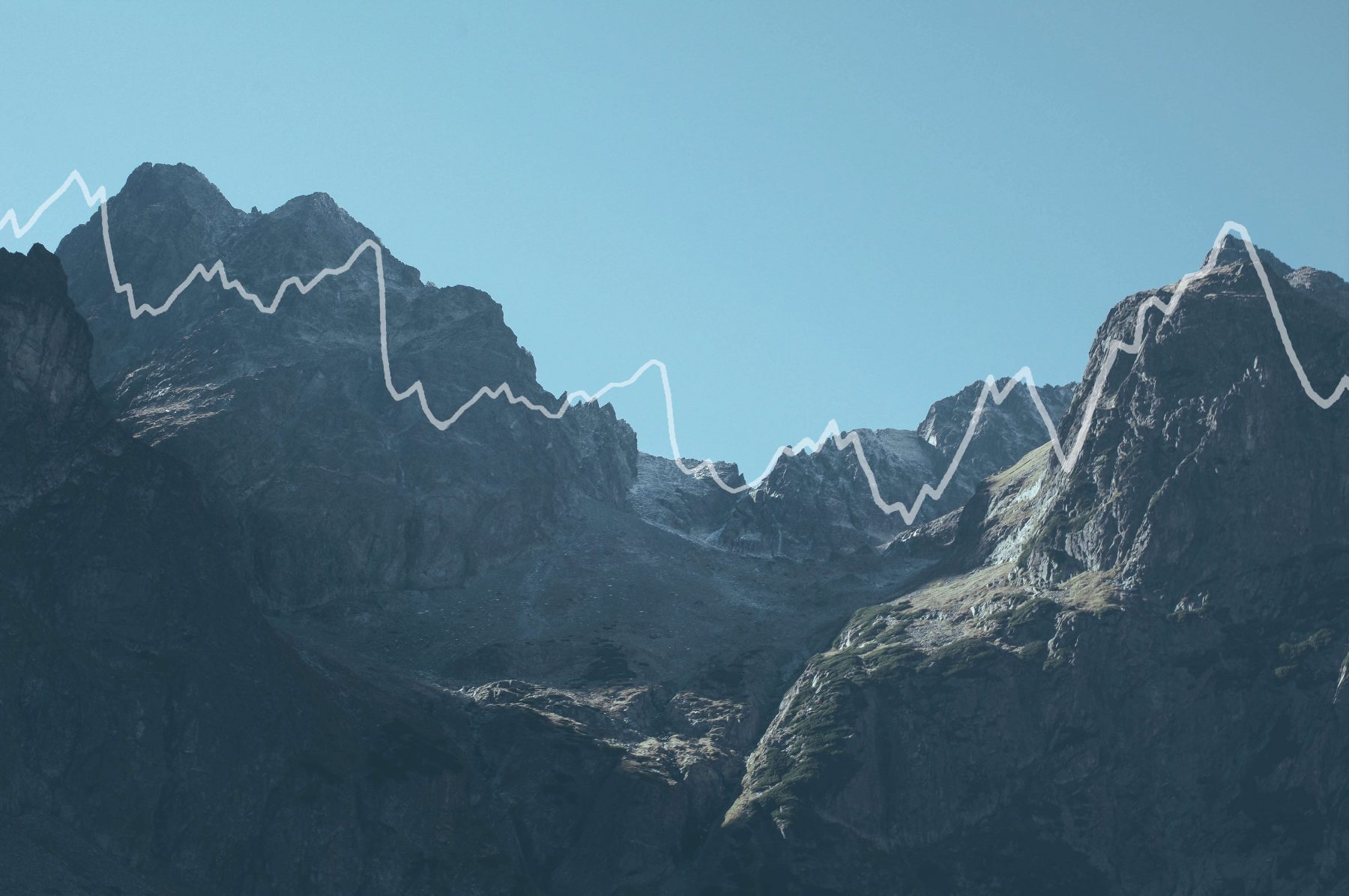- CEOCap
- Jaime Watt’s Debut Bestseller ‘What I Wish I Said’
- Media Training
- The Push Back
- Internship program
- Update Your Profile
- Homepage
- It’s time for a change
- It’s time for a change
- Kio
- Ottawa
- Art at Navigator
- Navigator Limited Ontario Accessibility Policy
- Virtual Retreat 2020 Closing Remarks
- COVID-19 Resources
- Offices
- Navigator Sight: COVID-19 Monitor
- Navigator Sight: COVID-19 Monitor – Archive
- Privacy Policy
- Research Privacy Policy
- Canadian Centre for the Purpose of the Corporation
- Chairman’s desk
- ELXN44
- Media
- Perspectives
- Podcasts
- Subscribe
- Crisis
- Reputation
- Government relations
- Public affairs campaigns
- Capital markets
- Discover
- studio
- How we win
- What we believe
- Who we are
- Careers
- Newsroom
- AI
- Empower by Navigator
- Environmental responsibility

For Canadians, riding the resource cycle through its chronic ups and downs has become engrained in our national identity.
As with individuals, it’s hard to pinpoint the elements that shape a collective identity. In the case of Canada, there’s little question that the chronic cycle of boom and bust has played a significant role in how we view ourselves and how we frame our national policies, approach, and even our national persona.
Every boom and every bust has unique characteristics. Still, our reactions to these ups and downs are surprisingly consistent. We are initially surprised and then we vow—again—to wean our domestic economy from the treachery of resource extraction and the global commodity cycle. This vow is followed, of course, by once again becoming comfortably dependent on a resurgent resource extraction sector flush with employment opportunities—not to mention the billions of tax dollars that are brought along with it.
Now, as we grumble our way through an extended period of US$30 oil and the re-redistribution of jobs and provincial fortunes, it’s worth pondering how all this has affected our expectations and reactions.
Depending on where we are in the cycle, government budgets certainly reflect varying degrees of Keynesian largesse. After all, in good or bad times, Canadian politicians—Liberal or Conservative—view increased spending as either the solution to a downturn or a reward for an upturn.
More broadly, Canada’s political landscape has been informed by boom and bust. In the wake of the Great Depression and significant economic strife, two fledgling parties were born on the Prairies. The CCF, the forerunner of today’s New Democratic Party, permanently shifted Canada’s political discourse towards the left.
By contrast, the Social Credit movement in many ways represents an early version of a successful populist conservative party whose model informed the development of later parties like the federal Reform Party and Alberta’s Wildrose Party. This populist strain has traditionally been the weakest part of the fragile Canadian conservative coalition, occasionally finding itself within the tent of federal or provincial conservative parties before once again splintering away in a dramatic fashion. As such a tenuous pillar of the conservative tent, it has had an outsized influence on governing Conservative parties throughout Canada’s history.
Much of the social framework of modern Canada also dates to that same Depression era, including unemployment insurance, universal health care, the Canada Pension Plan, Old Age Security and an expectation of government involvement in whole areas of Canadian lives. These programs represent measures that were demanded at the nadirs of Canada’s boom and bust cycles, yet remain untouchable even at the highest points of booms. Programs that existed as relief measures swiftly transform into a part of the third rail of Canadian politics.
There are other ways that the boom and bust cycles perpetuate our egalitarian self-image. After all, every cycle has the effect of bringing one group down and another back up.
As oil prices soared earlier this decade, the focus was on an ascendant Alberta and all the ways it had become the dominant, defining force in the Canadian economy. That led to an influx of people and prosperity that spilled over into Saskatchewan. Newfoundland’s leverage to offshore oil production, and its secondary role in populating Fort McMurray, ensured that it too was part of the new ‘petro-archy.’
Cue the predictions that the influence of Toronto and Ontario was over forever.
The collapse in oil prices has moderated that conviction and brought attention and growth back to central Canada, where lower energy prices benefit what remains of the manufacturing sector. This has, inevitably, set off the latest round of hand-wringing about our productivity levels and competitiveness—or lack thereof.
It’s very Canadian to gripe about how bad our productivity is and how it needs to improve. But recent international studies put us near the top of the world in that regard. As well, our international reputation for stability and multiculturalism is reflected in the fact that even in an economic downturn, Canada remains a preferred destination for personal wealth, driving real estate prices in Vancouver, especially, but also in Toronto.
Foreign investors who are sniffing about Canada for corporate bargains seem baffled by all the proclamations of despair—and only too happy to take our misery off our hands at a discount.
As the dollar flails about, we should remember that the gloom and doom of bust and boom is seldom quite as dire as we think. A rising or falling dollar always brings both winners and losers. Based on the age-old axiom that ‘good news is no news,’ media stories focus on the losers, who are always quick to bemoan their fate publicly. Those who gain from the rise or fall are usually smart enough to stay quiet while the cycle plays out ナ one more time.
